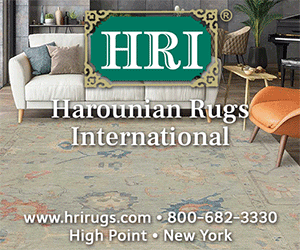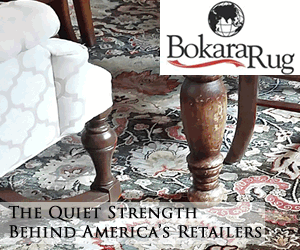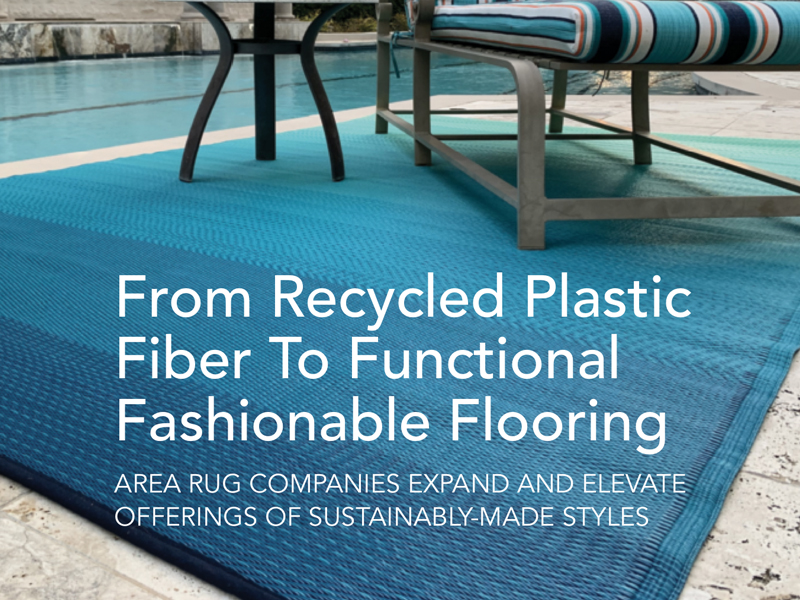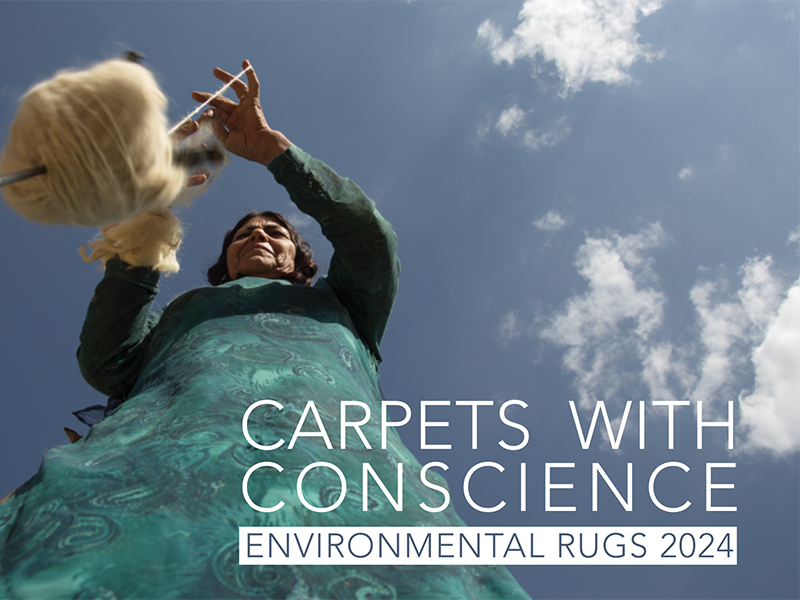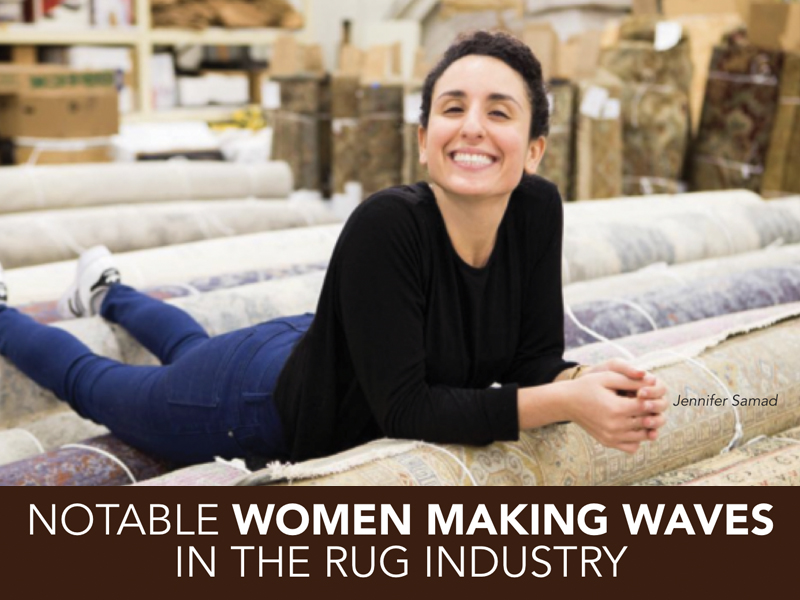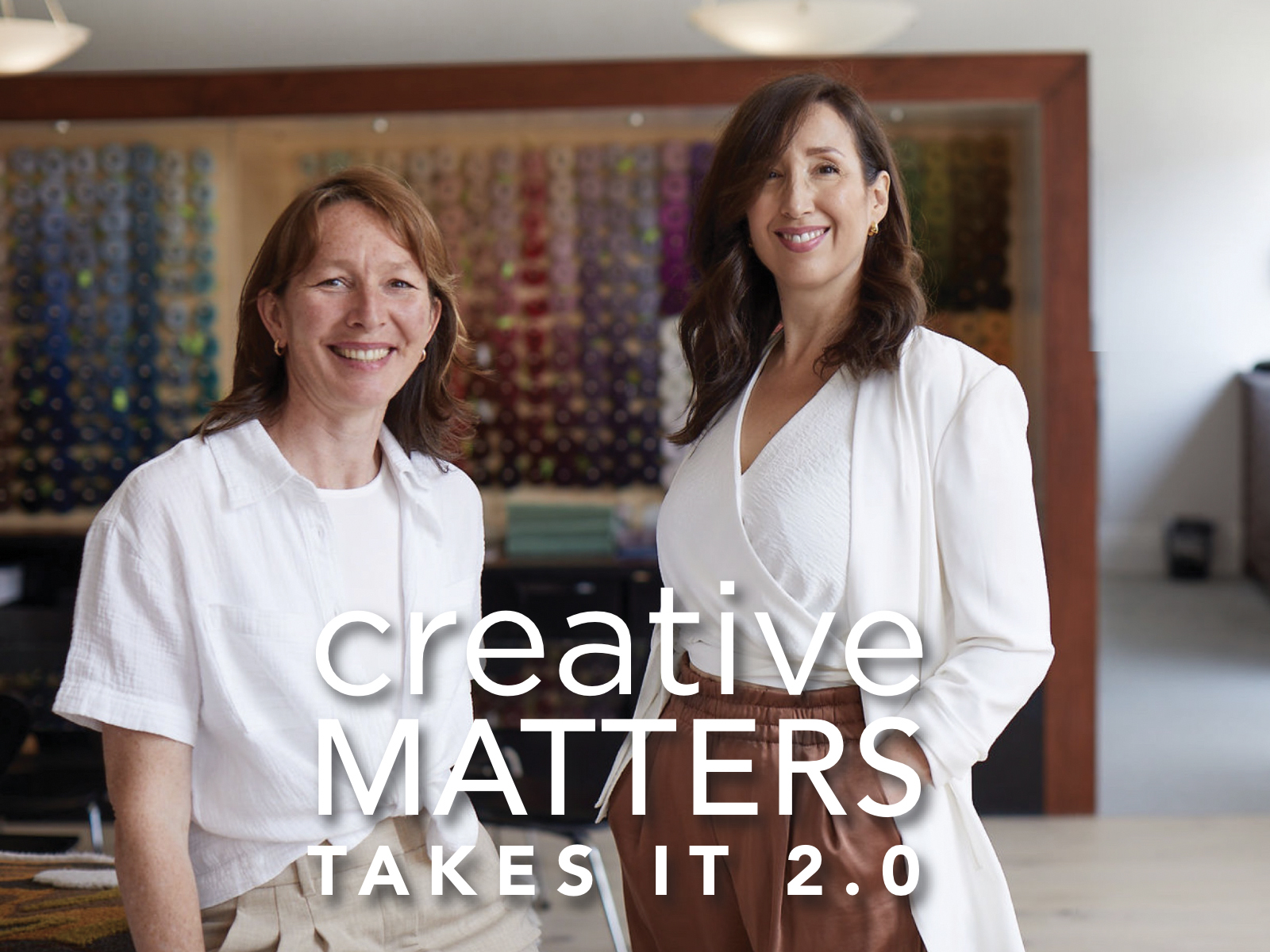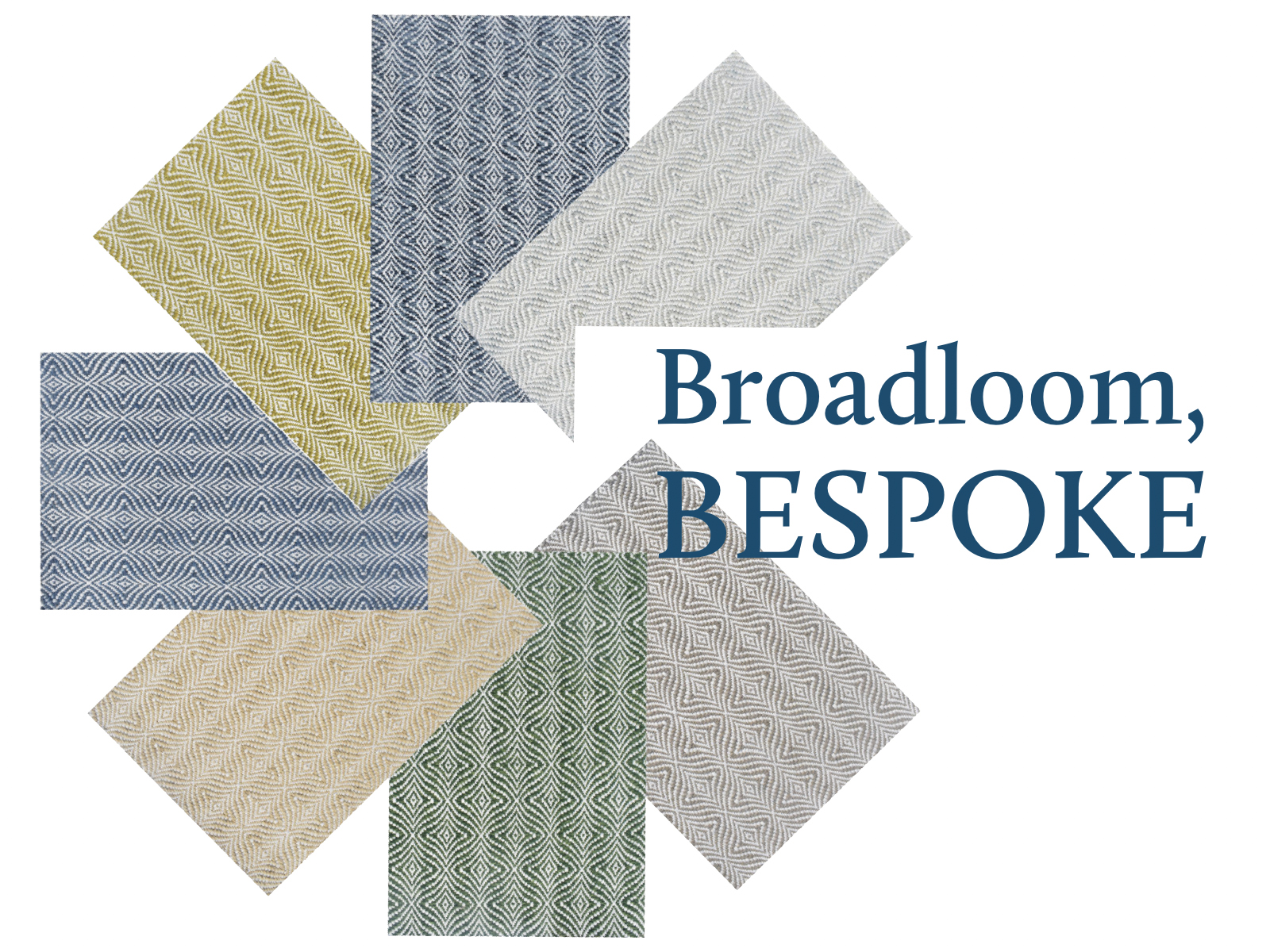Oriental Weavers Marks 35th Anniversary
USA division of global operation celebrates ongoing legacy as area rug industry’s key resource
This year marks a major milestone for not just one company but the global rug industry as a whole. Oriental Weavers USA is turning 35, and this domestic division of its Egypt-based parent has much to celebrate about its role and relevance over the past three and a half decades—and counting.


